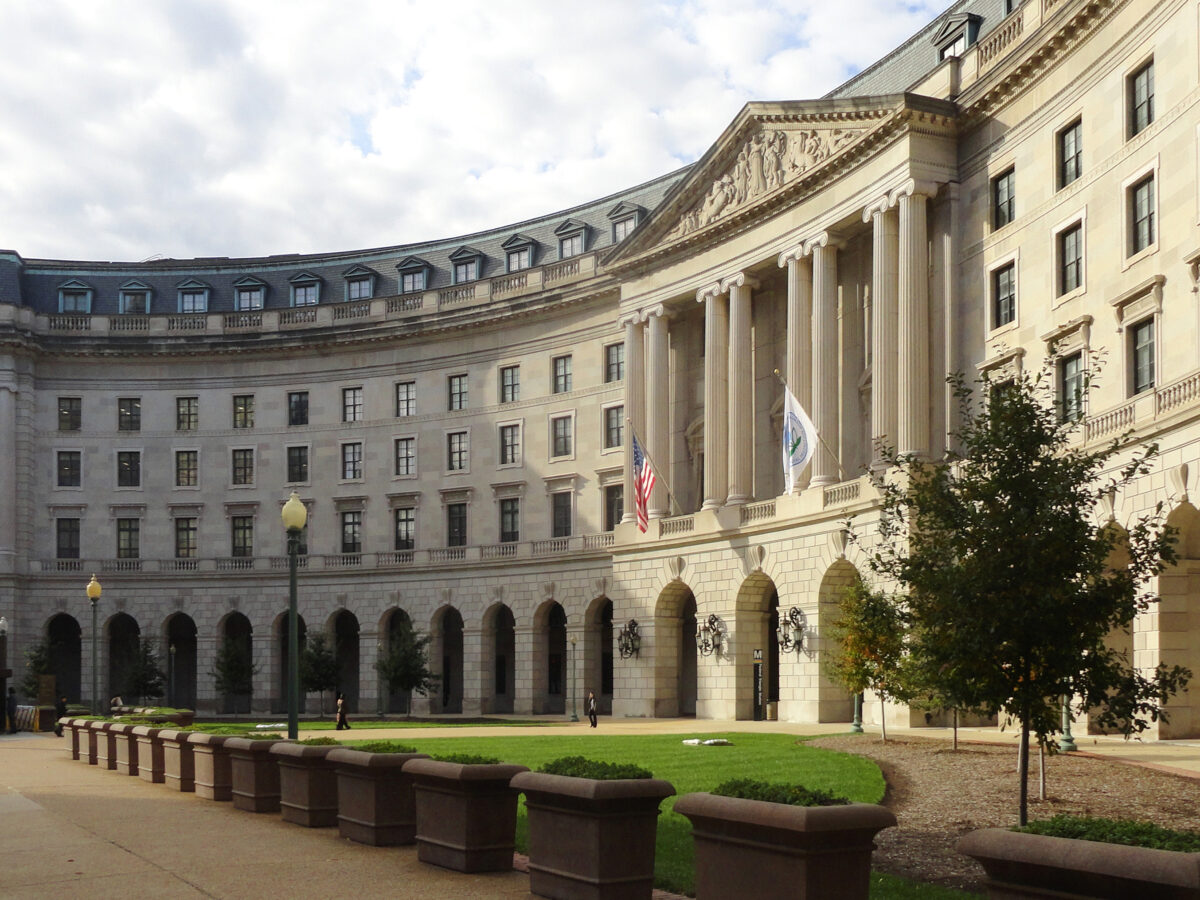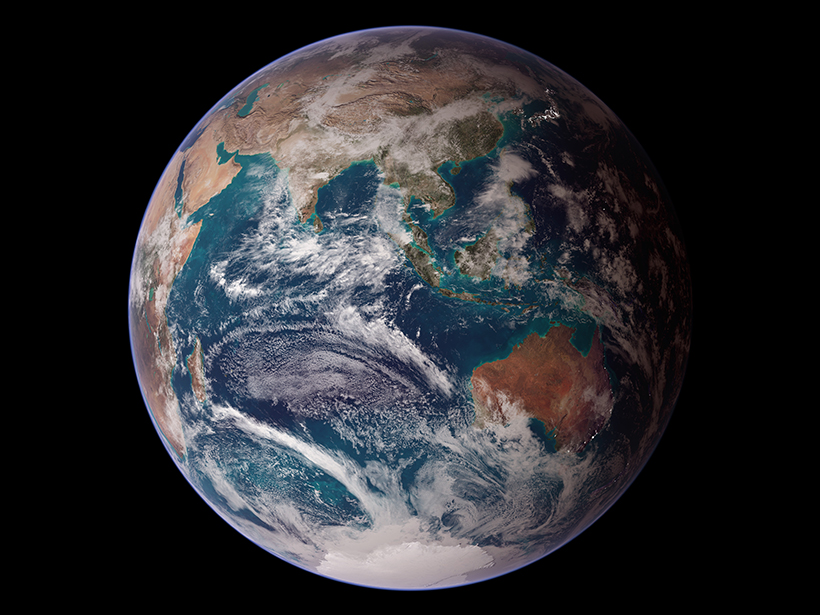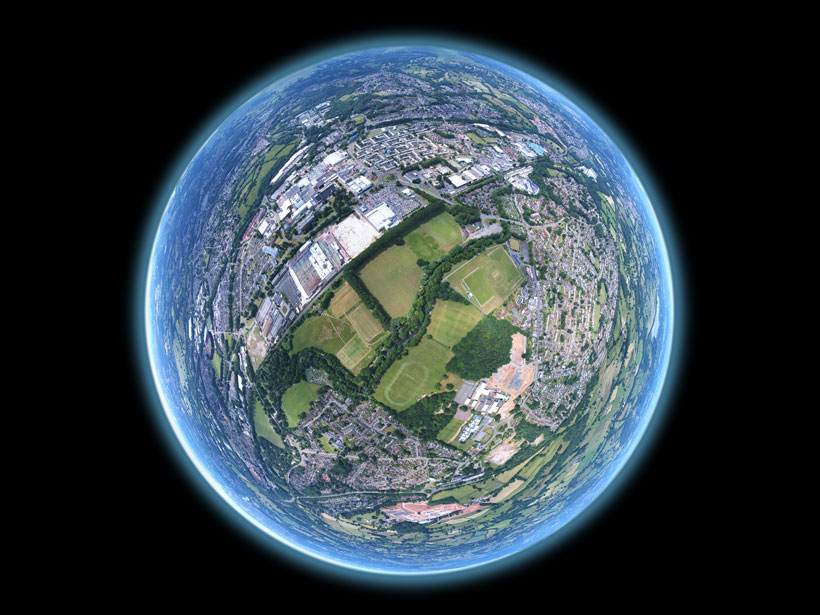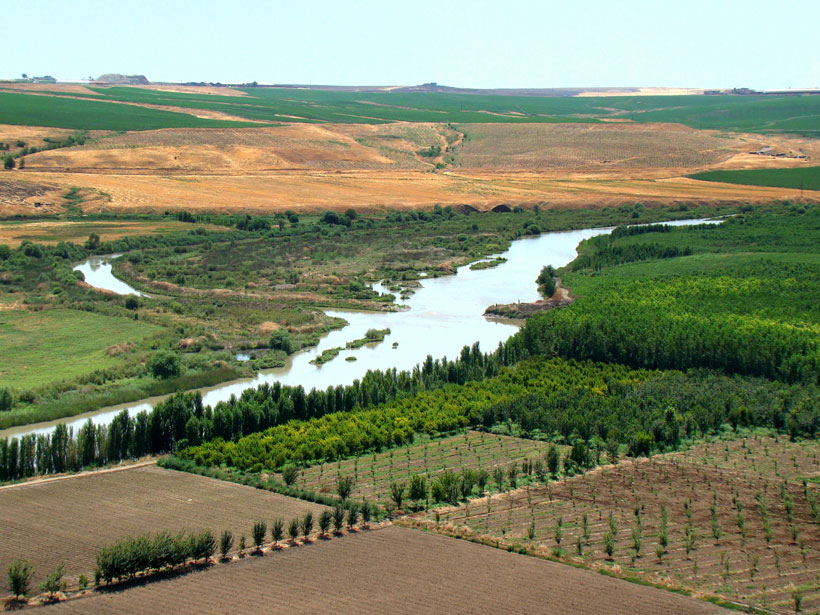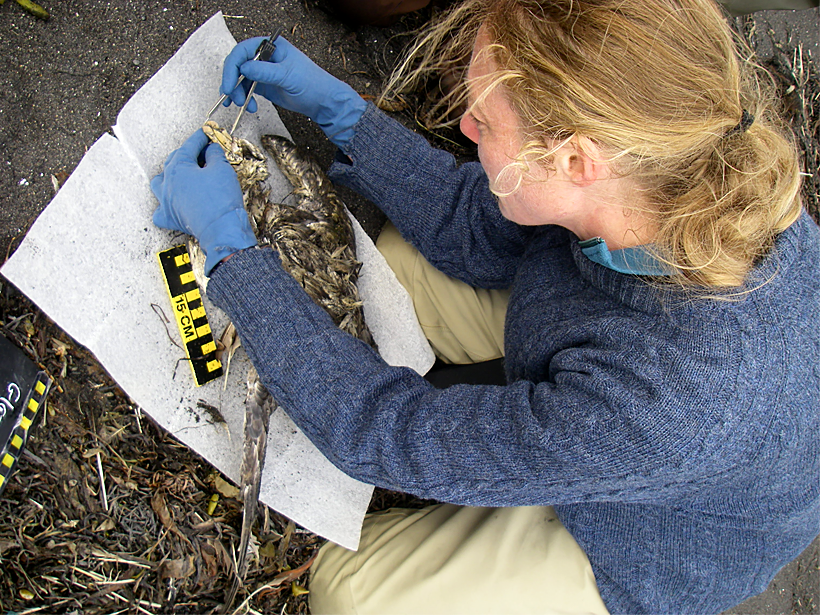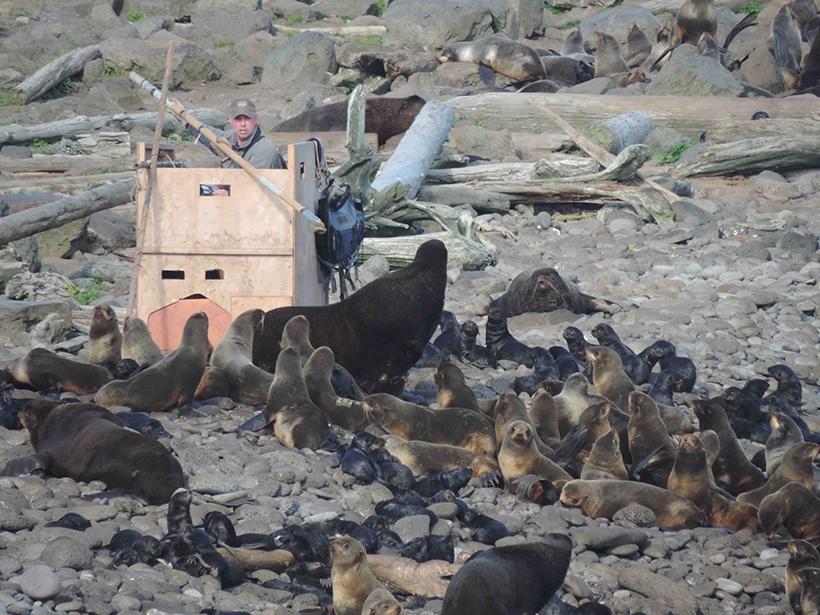El TierraFest, el festival más grande de ciencias de la Tierra en México, adopta la diversidad como medio para compartir el conocimiento de nuestro planeta.
Earth Day
Knowledge Flows Both Ways at TierraFest 2025
TierraFest, the biggest Earth science festival in Mexico, embraces diversity as a means of sharing knowledge about our planet.
EPA Staff Slashed on the Eve of Earth Day
On 21 April, the Environmental Protection Agency notified hundreds of employees working on diversity, equity, and inclusion and environmental justice issues that they would be fired or reassigned to other positions.
Ocho lecciones del COVID-19 para guiar nuestra respuesta climática
La respuesta global de la pandemia en curso puede enseñarnos cómo deberíamos y no deberíamos responder la crisis climática. Y lo más importante aún, demuestra que podemos hacer algo.
Eight Lessons from COVID-19 to Guide Our Climate Response
The global response to the ongoing pandemic can teach us how we should, and shouldn’t, respond to the climate crisis. And most important, it shows that we can do something.
How Earth Day Lost Its Way
The history of Earth Day has grown from its radical roots to a canopy for classroom activities.
How Financial Markets Can Grow More Climate Savvy
Take extreme weather risks into account, and markets could prove hardier in a changing world.
Shaping Water Management with Planetary Boundaries
A new study uses the planetary boundaries concept to formulate an approach to water management that considers both global and local limits to water cycle modifications.
Science in This Century Needs People
An ecologist built an army of beach surveyors over 20 years and now has the world’s largest data set of marine bird mortality informing climate change and disaster studies.
Podcast: Celebrate Earth Day with Stories from AGU
Enjoy the wonders of our world with special episodes of AGU’s Third Pod from the Sun.



